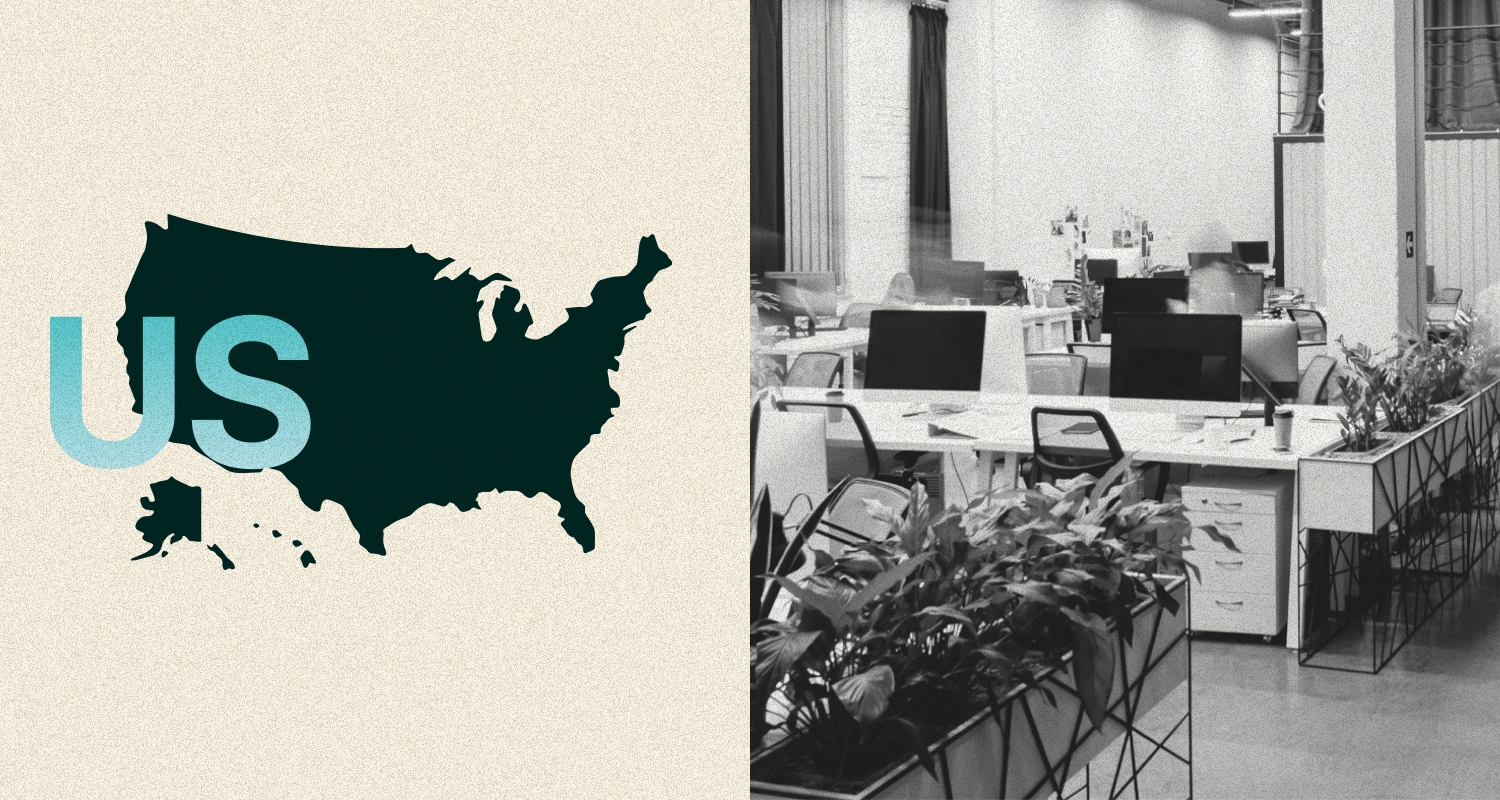Summary:
Washington will be the 5th state in the nation (along with California, New Jersey, Rhode Island, and New York) to offer paid family and medical leave benefits to workers (“WA PFL” or “PFL”). The program offers partial wage replacement and will allow workers to take up to 12 weeks of leave during a 12 month period for one of the following reasons:
- To care for a family member of the employee who has a serious health condition;
- For a serious health condition of the employee that makes them unable to perform the functions of their position;
- Due to the birth, adoption, or foster placement of a child;
- Due to a qualifying military emergency; or
- When employees learn that their military spouse is called to active duty.
Note: workers may be able to receive up to 18 weeks of leave in limited circumstances.
When does PFL take effect?
- Payroll deductions for the new program begin for employers on January 1, 2019.
- Benefits for eligible employees will be available beginning January 1, 2020.
Note: There is a 7 day waiting period to begin benefits, however there is no waiting period when an employee takes leave for the birth or placement of a child.
Which employers must comply with PFL?
- All Washington employers, including out-of-state employers with Washington employees, are required to participate with few exceptions.
- Exceptions for small employers: employers with fewer than 50 employees located in Washington state are not required to pay the employer portion of the insurance premiums. Small employers are still required to obtain payments from employees, remit them, and their employees will be eligible for leave. Small employers are also not subject to the job protection requirements under the law.
- According to the Washington Employment Security Department (WA ESD), the reporting for Paid Family and Medical Leave will be done by UBI number.
- Under proposed rules, business size for early 2019 will be calculated using the headcount from the employer’s 2019 first quarter report (January through March). As of the third quarter 2019, business size will be determined by averaging the count on an annual basis using quarterly counts, which will occur on September 30th of every year. This number is based on total employee headcount, without respect to employee classification or hours.
- Grants are available to businesses with 50 – 150 employees and businesses with under 50 employees that opt-in to pay the employer portion of premiums in order to offset costs.
- Voluntary Plans are also available to employers who want to manage a plan internally that meets or exceeds the state plan’s requirements (usually this is attractive when an employer already offers a similar or better benefit). These plans must be approved by the WA ESD before they are offered and they will have unique reporting requirements.
Which employees are eligible for PFL?
- The law applies to all employees working in Washington, except for employees of the federal government.
- Employees will apply for the benefit through the WA ESD (the application process is not yet available).
- An employee must have worked at least 820 hours during the qualifying period in order to be eligible.*
- These hours can be earned at more than one employer.
*Qualifying period means the first four out of the last five completed calendar quarters or, if eligibility is not established, the last four completed quarters immediately before the employee applies for leave. Either period may be used to establish eligibility.
Waivers:
- Employers may file an application for a conditional waiver for the payment of PFL premiums for any employee who is:
- Physically based outside of the state;
- Employed in the state on a limited or temporary work schedule; and
- Not expected to be employed in the state for 820 hours or more in a qualifying period.
- If the employee exceeds the 820 hours or more in a qualifying period, the conditional waiver expires and the employer and employee will be responsible for their shares of all premiums that would have been paid during the qualifying period in which the employee exceeded 820 hours.
What benefits does PFL provide?
- The benefit will be up to 90% of an employee’s weekly wage with a minimum of $100 per week and a maximum of $1,000 per week (these amounts are subject to change based on inflation and changes in the state average weekly wage).
- The actual benefit amount an employee receives will depend on whether the employee earned more or less than the state’s average weekly wage.
- If the employee’s average weekly wage is 50% or less of the state average weekly wage, the employee’s weekly benefit is 90% of the employee’s average weekly wage.
- If the employee’s average weekly wage is greater than 50% of the state average weekly wage, the employee’s weekly benefit is the sum of 90% of the employee’s average weekly wage up to 50% of the state average weekly wage and 50% percent of the employee’s average weekly wage that is greater than 50% of the state average weekly wage.
- WA PFL grants employees the right to be restored to the same or equivalent position of employment, however there are some exceptions:
- An employer may deny job restoration to any salaried employee who is among the highest paid 10% of employees under certain circumstances.
- Job protection is not available to employees who work for small employer (those with under 50 employees).
- Employees are only eligible for job protection if they have been employed for at least 12 months by the employer and if they have worked for at least 1,250 hours during the previous 12 month period.
- WA PFL also ensures the right to any existing health benefits for the duration of leave if required under the federal Family and Medical Leave Act (FMLA).
How will the benefit be paid for?
- The program will be funded by premiums paid by both employees and employers (in some instances) and will be administered by the WA ESD.
- The premiums are split into two parts. Employees pay the Family Leave premium (which accounts of 1/3 of the total) and employers and employees split the payment for medical leave (employer paying 55% and the employee paying 45%). Medical leave accounts for 2/3 of the total premium.
- Reminder: Small employers with less than 50 employees located in Washington state are not required to pay premiums, though they may opt-in to become eligible for small business grants.
- A total premium of 0.4% up to the social security cap is assessed for each employee. Generally, the employer is responsible for approximately 37% of that premium. So if an employee makes $50,000 annually, the total annual assessment would be $200, of which $126.67 would be paid for by the employee, and $73.33 would be paid for by the employer.
- The social security cap is $132,900 in 2019.
- Employers will be responsible for remitting all premiums collected for Paid Family and Medical Leave to the state.
- Employers may be more generous and cover the employee share of the total premium. This is not categorized as a voluntary plan and does not require approval by the state. The employer would simply reduce the premium amount deducted from employee paychecks, cover the difference, and then remit the full amount to the state.
Employer Reporting:
- Nearly all Washington employers will have a responsibility to report wages and hours worked for their Washington-based employees starting in 2019.
- Reportable information is being developed through the rulemaking process and the reporting website is in development.
- Employers will use SecureAccess.wa.gov to manage their user information.
- The first required reporting will be for the first and second quarter of 2019 and must be reported by August 31, 2019.
- Premiums are due to the state at the end of the calendar month immediately after the end of a calendar quarter.
Penalties:
An employer who is found to have violated WA PFL is subject to a civil penalty of not less than $1,000 for each violation.
Employer Action Items:
- Consider whether you will qualify for small business exceptions or grants and whether you will opt-in (if you qualify as a small employer) to pay premiums.
- Examine any short-term and temporary disability policies for overlapping coverage.
- Decide whether you will use the State Plan or a Voluntary Plan.
- If you would like to use a voluntary plan, ensure you apply to the state. Applications can be made to the state here.
- Prepare to collect and remit PFL premiums quarterly.
- Post required notice at your office when it becomes available.
- Prepare to request employee premium waivers, as needed.
- Prepare to provide a written statement of rights to employees (not yet available) when they go on leave.
- Prepare for reporting due August 31, 2019.
Additional Resources:
- How to Calculate the Weekly Benefit
- Employer Toolkit (includes employer readiness checklist, employee handbook materials, sample text for an employee email, sample paystub insert)
- Washington PFL Website
- Employer FAQs
- Employee FAQs
- WA Paid Sick Leave vs. Paid Family Leave Comparison
- Voluntary Plan Guide
- Subscribe for WA PFL Updates here
The information and materials on this blog are provided for informational purposes only and are not intended to constitute legal or tax advice. Information provided in this blog may not reflect the most current legal developments and may vary by jurisdiction. The content on this blog is for general informational purposes only and does not apply to any particular facts or circumstances. The use of this blog does not in any way establish an attorney-client relationship, nor should any such relationship be implied, and the contents do not constitute legal or tax advice. If you require legal or tax advice, please consult with a licensed attorney or tax professional in your jurisdiction. The contributing authors expressly disclaim all liability to any persons or entities with respect to any action or inaction based on the contents of this blog.



